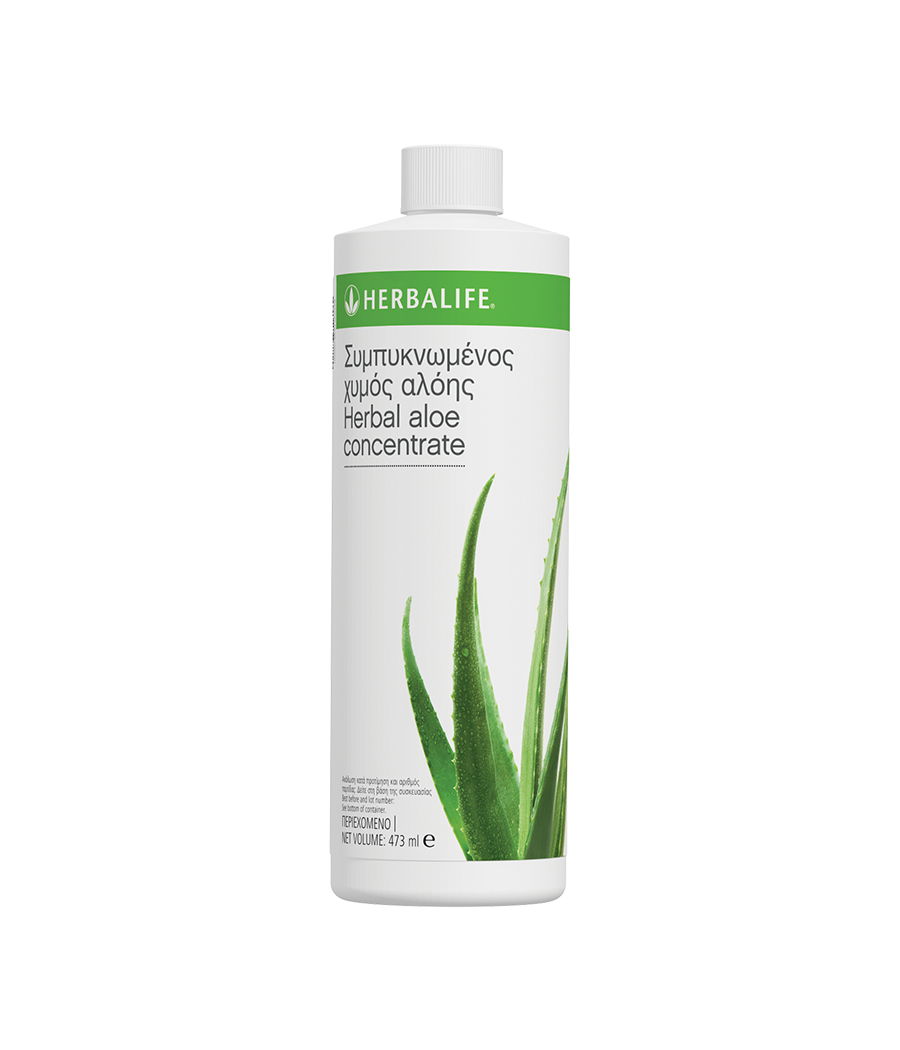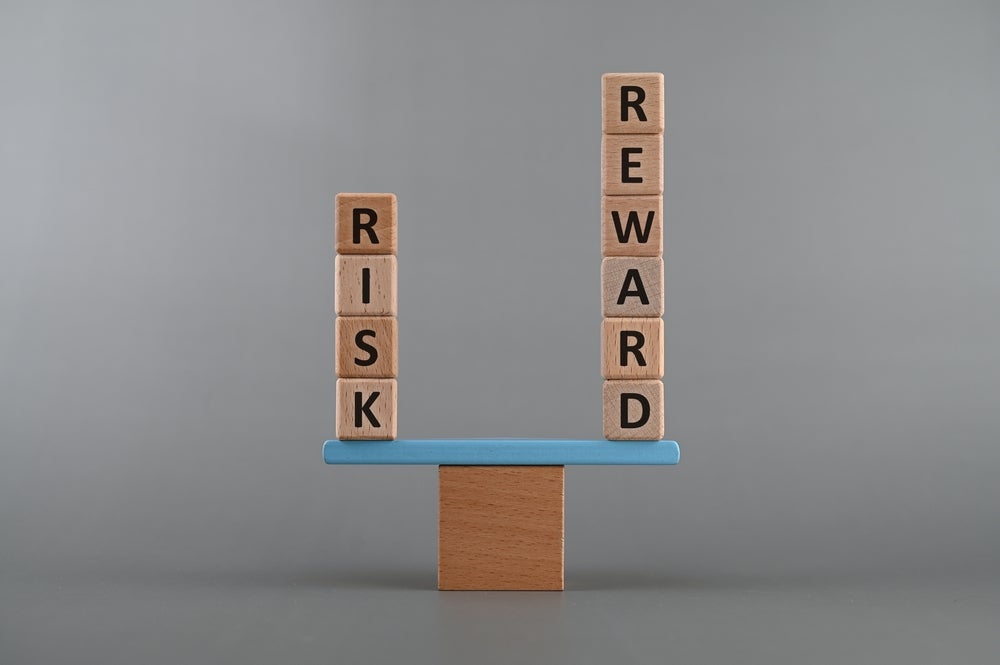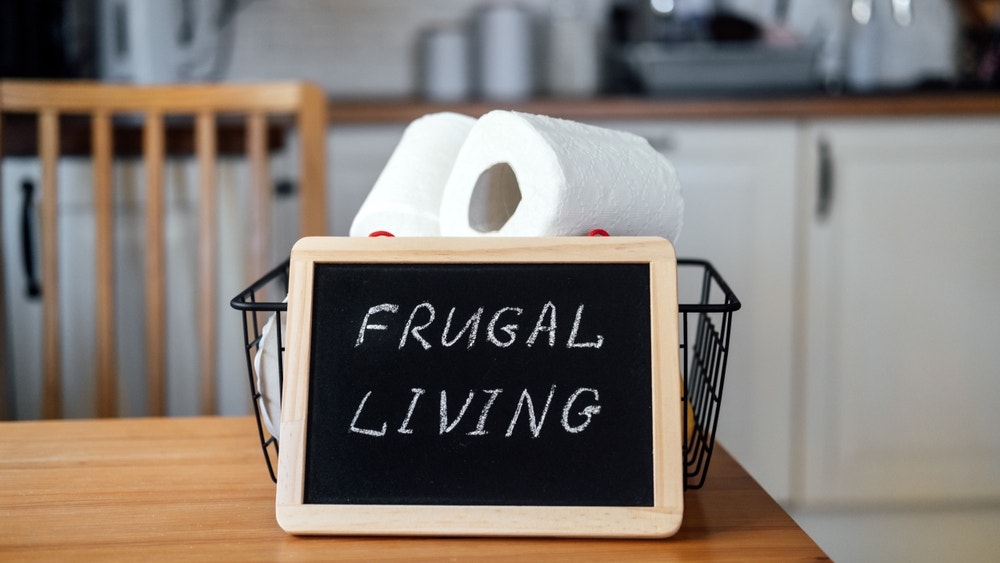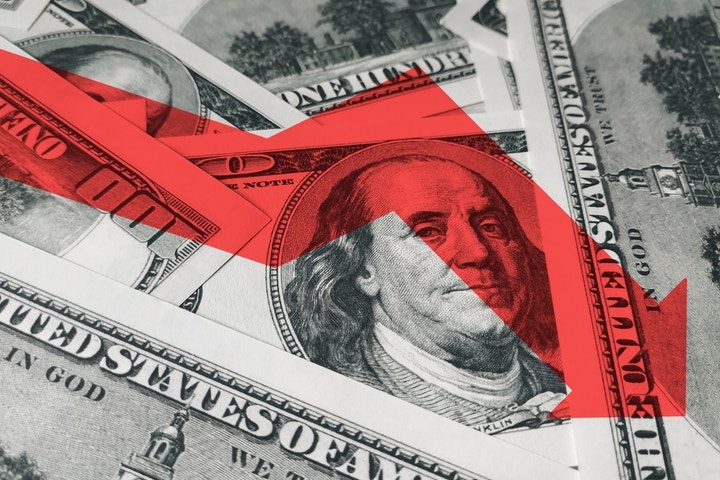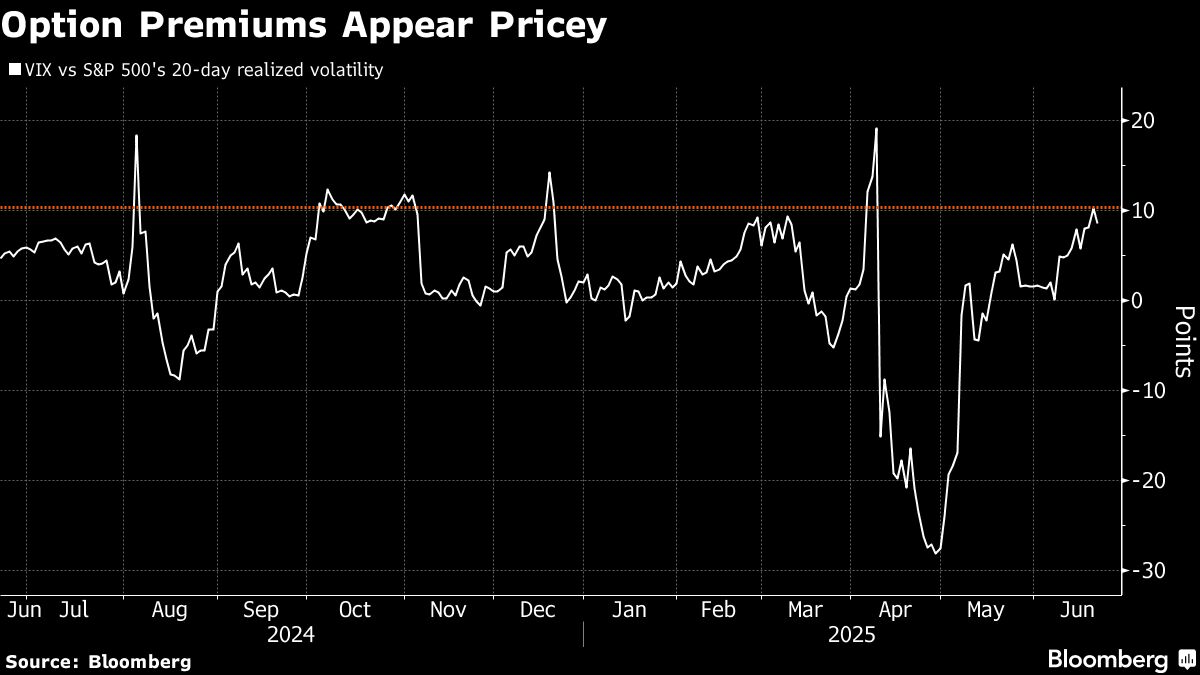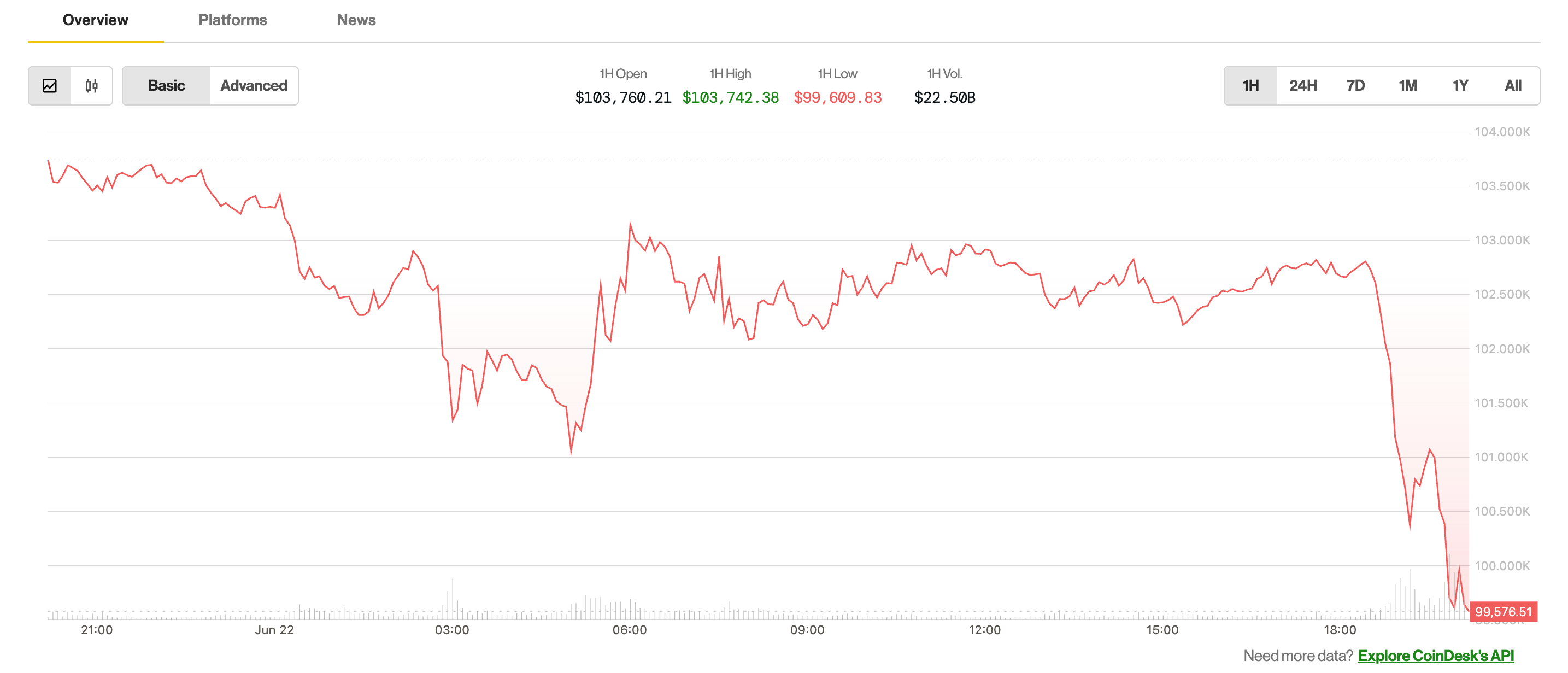Can You Guess What Single Asset Makes Up 30% Of The Average American's Portfolio? It's Not a 401(k)
When most people imagine the average American's wealth, they picture 401(k)s, mutual funds, maybe a pile of cash stashed in a bank account. But if you dig into the data, it turns out the biggest piece of the pie is something you drive by every day: a house.
According to the Federal Reserve's 2022 Survey of Consumer Finances — the most recent data available — primary residences make up 30% of the average American household's total net worth. That's right. The roof over your head often holds more weight in a family's finances than any stock ticker ever could.
The report, which surveys thousands of households across income brackets and age groups every three years, gives a unique look into what the typical American portfolio really looks like.
Don't Miss:
-
Maker of the $60,000 foldable home has 3 factory buildings, 600+ houses built, and big plans to solve housing — this is your last chance to become an investor for $0.80 per share.
-
Peter Thiel turned $1,700 into $5 billion—now accredited investors are eyeing this software company with similar breakout potential. Learn how you can invest with $1,000 at just $0.30/share.
Here's how the rest of it breaks down:
Retirement accounts like 401(k)s and IRAs come next, accounting for 25% of household wealth. It's the kind of savings most people don't touch until they're older, but for many, it's their biggest long-term bet.
Public equities and mutual funds make up 15% of net worth. These are the traditional stock market investments — the kind you'd expect to see topping the list. But for most households, it's just a slice of the pie, not the main course.
Private business ownership or equity stakes account for 12%, though this is more common among wealthier households and small business owners. It's a high-risk, high-reward category — one that can heavily tilt net worth upward or downward depending on success.
Trending: Maximize saving for your retirement and cut down on taxes: Schedule your free call with a financial advisor to start your financial journey – no cost, no obligation.
Other real estate, including rental properties and vacation homes, makes up 10%. Not everyone is in the landlord game, but those who are tend to diversify here.
Cash and deposits — the checking, savings, and emergency funds — only make up 5% of household wealth on average. It's enough to pay bills, but hardly the driver of long-term financial growth.
And finally, "other" assets like vehicles, collectibles, and miscellaneous valuables total just 3%. While they might feel like assets in the garage or attic, they don't move the needle much on paper.
Content Original Link:
" target="_blank">


























